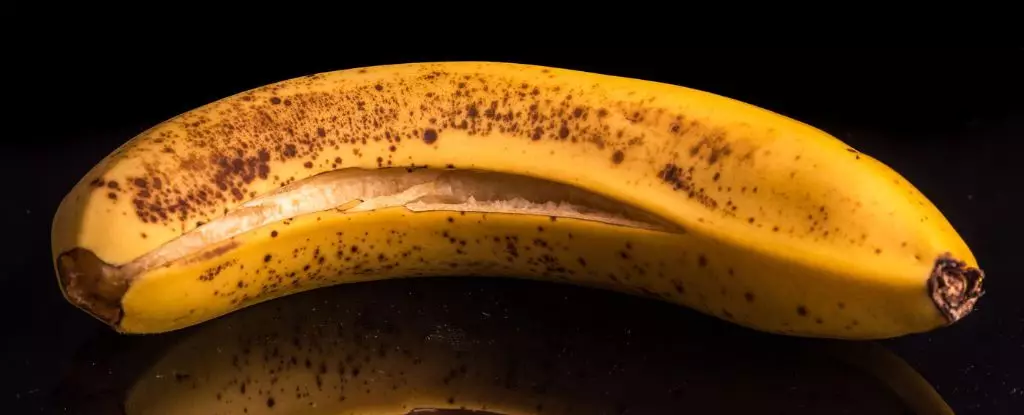In our everyday lives, we often discard banana peels without a second thought. However, recent studies have shown that these seemingly useless peels actually contain incredible nutritional value and can be transformed into delicious and nutritious culinary treats. This article explores the fascinating potential of banana peels and how they can contribute to reducing food waste and enhancing our overall well-being.
Banana peels are surprisingly rich in essential nutrients. A recent study revealed that when banana peels are blanched, dried, and ground into flour, they can be used as a substitute for traditional wheat-based flour in baked goods. In fact, taste tests indicated that the banana peel-infused treats were just as satisfying as their counterparts made without the peels. Additionally, these baked goods provided a generous amount of minerals, as well as cancer-fighting nutrients. The cookies made with banana peel flour contained significantly more fiber, magnesium, potassium, and antioxidant compounds, making them a healthier snack option.
While the benefits of banana peels are evident, using too much peel flour in baked goods can lead to unwanted outcomes. Excess fiber from the peels may result in cookies with a less desirable texture and color. However, further experimentation showed that using flour containing 7.5 percent banana peel struck the perfect balance, producing cookies with a more appealing texture. Moreover, these baked goods remained shelf-stable for three months at room temperature. These findings indicate that banana peel flour has enormous potential not only in cookies but also in breads, cakes, and pasta.
Banana peels are not limited to just baked goods. Renowned chef Nigella Lawson has incorporated banana peels into curry, showcasing their versatility in savory dishes. In addition, innovative vegan bloggers have popularized the concept of banana peel bacon and pulled peel “pork,” adding a unique twist to plant-based cooking. This opens up a world of possibilities for culinary experimentation and encourages individuals to explore the untapped potential of this once-discarded fruit skin.
Beyond their nutritional benefits, utilizing banana peels helps combat food waste. Approximately 40 percent of a banana’s weight is attributed to its peel, and most of the time, this valuable resource is simply thrown away. By harnessing the potential of banana peels, individuals can contribute to reducing food waste and promoting a more sustainable food system. Furthermore, the peels themselves have antioxidant and antimicrobial properties that can potentially extend the shelf life of certain products, providing an additional advantage.
While banana peels have taken the spotlight, other fruit peels, such as mango skins, have also been found to provide unique benefits. Adding mango skin to cakes, for example, enhances both their antioxidant properties and flavor. This discovery emphasizes the broader potential of fruit peels in culinary applications, offering a new perspective on reducing waste and maximizing nutritional benefits.
The next time you peel a banana, pause and consider the possibilities. By incorporating banana peels into your culinary creations, you not only introduce new and exciting flavors but also contribute to a more sustainable and mindful approach to food consumption. With their abundance of nutrients and potential to transform various recipes, banana peels are truly a hidden gem waiting to be discovered. Embrace the power of consideration, and let your belly thank you later.


Leave a Reply